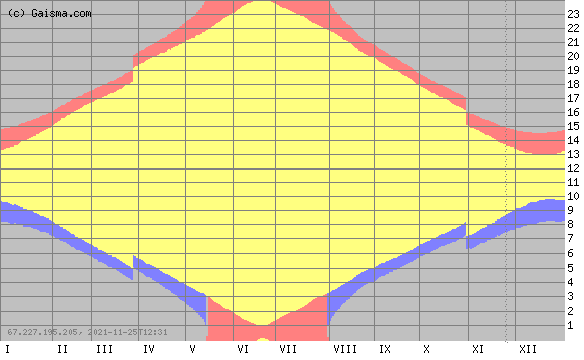Hello gang,
Like I said in my intro - probably not many have seen it -, I'm interested in "porting" some traits from pubescens to everything else. Namely, I live on 66 north, with a short and cool growing season and I'd love to have Neyde, Bahamian Goat, etc. growing on my balcony in just 8-10 Celsius (46-50 F) if possible, with an occasional night frost pouncing on them in June, why not. That's how it is around here <-- This is obv. not literal, but I don't want to give up on all those chinense varieties and settle with rocotos "only", just because it's cold here. Maybe with a dark purple, Neyde-ized Rocoto. Nah.
<-- This is obv. not literal, but I don't want to give up on all those chinense varieties and settle with rocotos "only", just because it's cold here. Maybe with a dark purple, Neyde-ized Rocoto. Nah. 
Ah, and I want juicy, thick, fleshy pods! I want those rocoto genes, that is...
Anyway, I planned to go ahead mostly with mentor grafting since I'm experienced with grafting, but then I found this article today. These guys seem to have done it already. They crossed rocoto with an annuum in a billion steps!
If I understood it right, they have done the following:
(1a) created a rocopica plant (by the way, anyone here with rocopica seeds to save me a bunch of steps? You could really help with my experiment... been hunting for a long time now. Nothing... ) -- ETA: actually I'm wrong, they used an eximium not a cardenasii... anyway. Read on...
) -- ETA: actually I'm wrong, they used an eximium not a cardenasii... anyway. Read on...
(1b) they also created an annuum-chinense hybrid, probably parallel to the rocopica
(2) crossed said rocopica with a frutescens, let's call it frutopica
(3a) back-crossed the frutopica with a pubescens
(3b) back-crossed the annuum x chinense with an annuum
(4) crossed the plants they got from 3a and 3b.
Q.E.D.

Huh????
Linky: http://patentimages.storage.googleapis.com/pdfs/US8022278.pdf
Interested in your opinions, input, everything.
==================
And I put it in the wrong sub-forum. Maybe an Admin could move it.
Like I said in my intro - probably not many have seen it -, I'm interested in "porting" some traits from pubescens to everything else. Namely, I live on 66 north, with a short and cool growing season and I'd love to have Neyde, Bahamian Goat, etc. growing on my balcony in just 8-10 Celsius (46-50 F) if possible, with an occasional night frost pouncing on them in June, why not. That's how it is around here
 <-- This is obv. not literal, but I don't want to give up on all those chinense varieties and settle with rocotos "only", just because it's cold here. Maybe with a dark purple, Neyde-ized Rocoto. Nah.
<-- This is obv. not literal, but I don't want to give up on all those chinense varieties and settle with rocotos "only", just because it's cold here. Maybe with a dark purple, Neyde-ized Rocoto. Nah. 
Ah, and I want juicy, thick, fleshy pods! I want those rocoto genes, that is...
Anyway, I planned to go ahead mostly with mentor grafting since I'm experienced with grafting, but then I found this article today. These guys seem to have done it already. They crossed rocoto with an annuum in a billion steps!
If I understood it right, they have done the following:
(1a) created a rocopica plant (by the way, anyone here with rocopica seeds to save me a bunch of steps? You could really help with my experiment... been hunting for a long time now. Nothing...
 ) -- ETA: actually I'm wrong, they used an eximium not a cardenasii... anyway. Read on...
) -- ETA: actually I'm wrong, they used an eximium not a cardenasii... anyway. Read on...(1b) they also created an annuum-chinense hybrid, probably parallel to the rocopica
(2) crossed said rocopica with a frutescens, let's call it frutopica
(3a) back-crossed the frutopica with a pubescens
(3b) back-crossed the annuum x chinense with an annuum
(4) crossed the plants they got from 3a and 3b.
Q.E.D.

Huh????
Linky: http://patentimages.storage.googleapis.com/pdfs/US8022278.pdf
Interested in your opinions, input, everything.
==================
And I put it in the wrong sub-forum. Maybe an Admin could move it.


